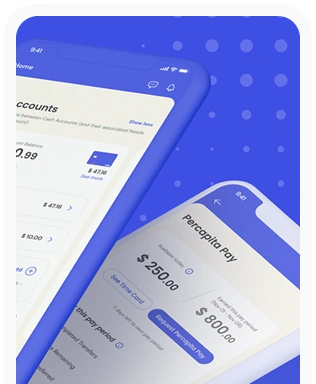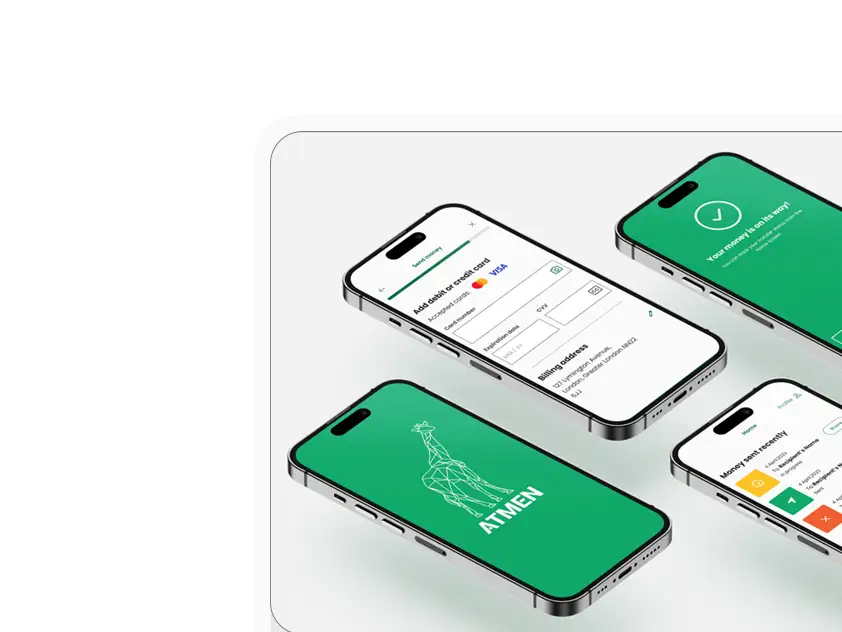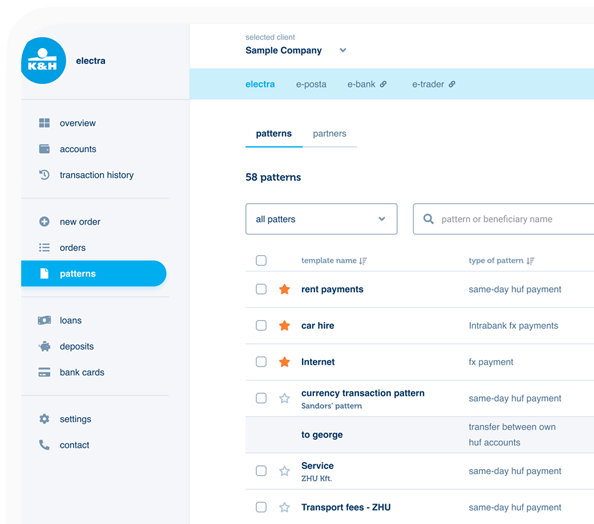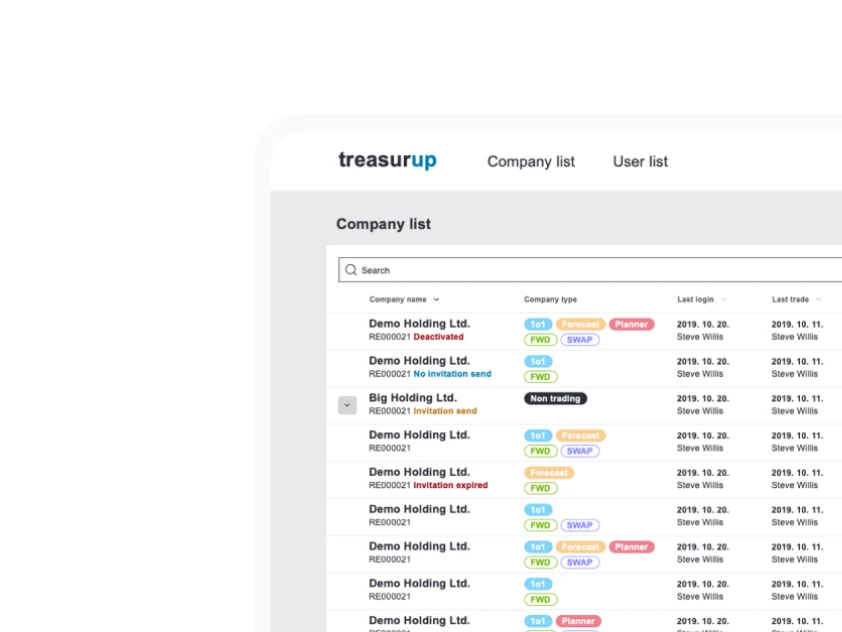In Conversation with Jakob Nielsen, part 2/3
Transformation of UX teams and the Evolving Roles of Design Professionals
In this second part of my conversation with Jakob Nielsen, we pick up where we left off in the first article, where we explored AI’s impact on productivity and the shifting balance between in-house teams and agencies. Here, we dive deeper into how these changes are reshaping the structure of UX teams, the rise of boutique specialists, and what it all means for the career paths of UX professionals navigating this evolving landscape.
Specialized Teams and Structural Transformations
Do you believe small companies can attract and retain high-level strategists?
UX consulting remains a creative field, much like advertising. This creative nature allows boutique agencies to thrive, even when compared to larger firms. In the advertising world, while big agencies exist, much of the true creativity comes from smaller boutique agencies that handle special campaigns for major companies like Coca-Cola. I see a similar trend in UX, where small, highly specialized teams can deliver deep, strategic insights that larger organizations might struggle to provide due to their size and complexity.
 Jakob Nielsen
Jakob NielsenThe concept of maintaining small, nimble teams, akin to Jeff Bezos's idea of a "pizza-sized organization," resonates with me. Small teams can foster better communication and collaboration, leading to more effective and innovative solutions. These teams can be brought in as external consultants to provide specialized advice, digging deep into a company’s needs and offering strategic guidance that’s tailored and impactful. This approach can be particularly valuable for larger companies seeking an independent perspective to complement their in-house UX capabilities.
Hiring and recruiting top UX talent presents a significant challenge, however, particularly in companies where UX is still a developing function. Many companies, especially those without established UX teams, struggle to evaluate and select the right candidates. This difficulty is compounded when junior staff are tasked with assessing senior candidates—junior team members may lack the experience and insight needed to effectively judge the expertise of potential senior hires. This gap becomes especially problematic as companies transition from having little to no UX capability to establishing their initial teams. The challenge is not just in scaling up but in making these critical first hires that will shape the company’s UX practice.
Over the next two decades, as more companies mature in their UX capabilities, this hiring challenge will likely diminish as internal teams gain experience and become better at recruiting and developing talent. In the current landscape, however, there is a significant opportunity for specialized skills in UX recruitment. Whether this need will be met by traditional headhunting firms developing UX expertise, specialized recruiting firms, or even high-end UX consulting firms offering recruitment as part of their services, remains to be seen. The demand for such expertise is clear, but whether it will lead to a new niche in the market depends on how the industry evolves.
Do you think midsize and larger agencies will dissolve or transform in this changing landscape?
I hope that midsize and larger agencies can transform, but it's challenging. One approach might be to split into smaller, specialized sub-companies, potentially sharing administrative resources under the same parent company. Many UX professionals dislike administrative tasks, so established companies could leverage their existing infrastructure to handle this, allowing small, expert teams to focus on their strengths. For example, a company with around 50 people needs effective administration to function, and established companies have already solved these challenges, which is essential for their growth and sustainability.
Can you share a few examples?
So far, most examples of change in the industry involve downsizing. For instance, IDEO, a well-known UX firm and advocate of design thinking, dramatically downsized by about a third. And further cuts might be necessary for them over the next few years.
Do you mean that the downsizing isn't over yet?
I want to distinguish between the large UX firms that met the demands of the past decade and the overall field of UX. While I believe UX as a whole will continue to expand, there was a certain type of company that thrived during the first 20 years of this century, starting around the dot-com bubble. Back then, the focus was on getting websites to function and producing glamorous designs, with companies like Frog being prime examples of this trend.
However, things have changed. Companies like Frog, which once focused heavily on creating standout, glamorous designs, have evolved to address more complex UX challenges, such as integrating fragmented user experiences. This shift reflects a broader change in the field, where the focus is no longer just on ‘design thinking,’ a term I’ve never really liked because, while it’s supposed to mean thinking like a designer, it often just means user focus. Instead, the emphasis is now on creating a cohesive total user experience. This evolution, which many, including myself, have been advocating for, marks the end of a roughly 20-year period of growth, from the post-dot-com era to around COVID, and signals the beginning of a new phase in UX.
Can agencies help to establish standards, methods, and principles in this new era?
The beginning of any endeavor is the most critical time. There are two essential steps to consider. First, it's crucial to hire the right people, which can be challenging for those who aren't UX experts, highlighting the need for specialized assistance. Then, once the right people are in place, they may still need help getting started, but after they're established, they should be able to operate independently with periodic support.
Evolution of the UX Profession
Based on your experience, how do you see the role of UX professionals evolving over the next decade, especially with the increasing influence of AI and the pressure to reduce costs in large organizations?
In reflecting on the evolution of UX, I acknowledge that the principles we've been using aren't new, but their application has become more widespread and refined. There's been a significant push for large-scale UX training, with big agencies offering expensive courses to help people learn these best practices. However, the foundational aspects of user interface design have been known and established for a long time—perhaps even for the past 30 years. The challenge isn't in knowing what to do—it's in actually doing it, especially in the face of cost considerations and budget constraints within companies.
Looking ahead, AI will continue to drive efficiencies in UX work, significantly reducing costs and enabling smaller teams to accomplish what used to require much larger ones. This could lead to significant organizational changes, including potential downsizing and a shift toward more in-house teams. As UX becomes more affordable, the demand will likely increase. The higher maturity levels in both companies and countries will create more expectations for quality user interfaces, and as the cost to achieve this quality decreases, the two trends will converge, leading to new jobs and opportunities.
This is similar to what happened during the Industrial Revolution. When Henry Ford figured out how to make automobiles affordable for the average person, it didn't just lead to more cars on the road—it created entirely new industries. Suddenly, there was a need for mechanics, gas stations, and all the infrastructure to support this new era of transportation. In the same way, as UX becomes more accessible and widespread, we'll see new types of companies and roles emerging, much like we did with the rise of the automobile. So, while existing companies might streamline their teams, I’m convinced that the overall industry will expand, creating even more opportunities.
How will the shift toward in-house teams affect the different personality types of UX professionals—those who prefer the stability and depth of in-house work versus those who thrive on the dynamic and adventurous nature of agency life? Will their core traits remain unchanged, or will the transition influence their work attitudes?
There is this spread of personality types in how people feel about different environments, and honestly, I don’t know how that's going to shift. I’ve mentioned these boutique agencies before, where outside experts come in to advise. But I could also imagine boutique agencies evolving into something more specialized—like actual design agencies that make unique things happen. I can see that possibility, though I think it’ll be rare.
Most companies, I suspect, will move toward in-house teams for their day-to-day work. Maybe the size of the company will play a role—larger companies, those with thousands of employees, will likely still need a dedicated space for innovation. And that’s important because the pace of change in the world is only going to speed up, especially with AI coming into play. AI enhances ideation in ways we haven’t seen before, and ideation itself is practically free. Whether you’re asking for 5 or 20 ideas, it doesn’t cost more to generate them, it just takes more time to sift through them.
AI pushes ideation, change, and rapid innovation even further. And, like I’ve said before, programmers are the ones who bring these ideas to life. We can design as much as we want, but without programmers, none of it becomes a reality. If programmers become 10 times more efficient in the future—and I don’t mean they’ll be out of jobs—what happens is we’ll build 10 times more software. We’ll experiment with more ideas and develop new capabilities. It’s not about adding more features, it’s about expanding what we can actually do.
How do you envision the changes unfolding in our time?
There’s always been an accelerating pace of change. If you look way back, like 500,000 years ago, the stone axes people made didn’t change for 100,000 years. If you compare one from 500,000 years ago with one from 400,000 years ago, they look the same—only an expert can tell them apart. But as we moved closer to modern times, especially 10,000 years ago with the start of agriculture, change started happening more quickly. Then with the Industrial Revolution, we saw an even bigger leap. And in the last 70 years, with the rise of computers, the pace has ramped up again. Now, with AI, we're seeing another leap forward.
This acceleration will continue, but big companies can’t have everyone focused on innovation all the time. They still need people to maintain and run the current products, serving customers and keeping the business steady. Maybe it’s something like 90% of the company focused on operations and 10% on inventing the next big thing, or maybe it's more like 80–20. But in UX, I imagine a disproportionate number of people will be in that innovation group. Let’s say 20% of the company works on innovation—maybe for UX, it’s a 50–50 split. Half of the UX team might be innovating, and the other half is working to maintain and improve what’s already out there, addressing customer feedback, fixing usability issues, and tweaking designs over time. It’s never perfect when you ship something, especially if it’s a new product. There will always be room for improvement.
From Structural Changes to Regional Opportunities
The evolution of UX agencies highlights the growing divide between high-end consulting and boutique teams, alongside the increasing internalization of UX roles within companies. AI is not only redefining productivity but it’s also reshaping the career trajectories of UX professionals, fostering a blend of stability for in-house teams and dynamic opportunities for external consultants. Next, we’ll explore how these global shifts intersect with regional differences, the rise of innovation hubs, and the potential for agencies to transform into product companies. We uncover these pivotal trends in Part 3 of my conversation with Jakob Nielsen.









